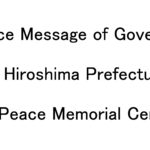Peace and Gourmet 3 “Suishin Honten”
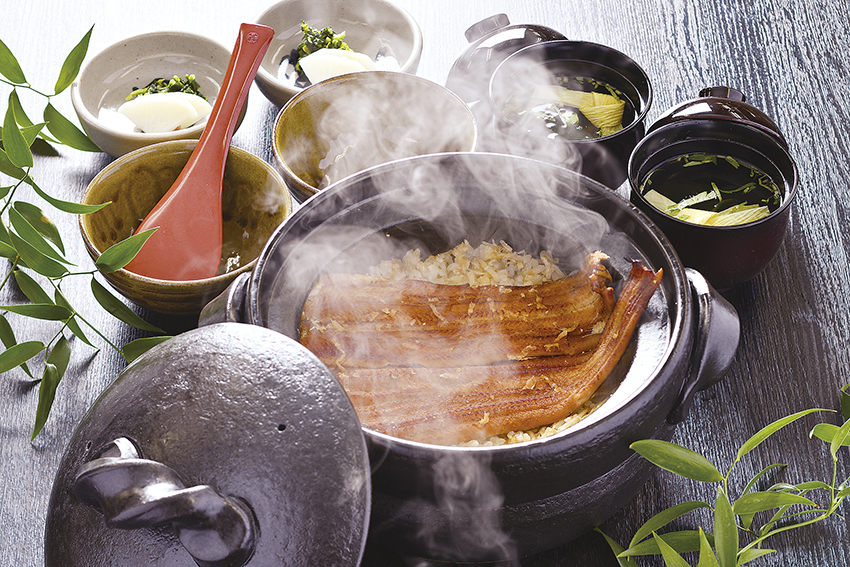
Suishin was established in Hiroshima after the atomic bombing and has been well loved since its post-war reconstruction. How has the restaurant passed the decades from the post-war period to the present day? On this occasion, we interviewed Mr. HARADA Shūji , the president of Suishin (est. 1950).
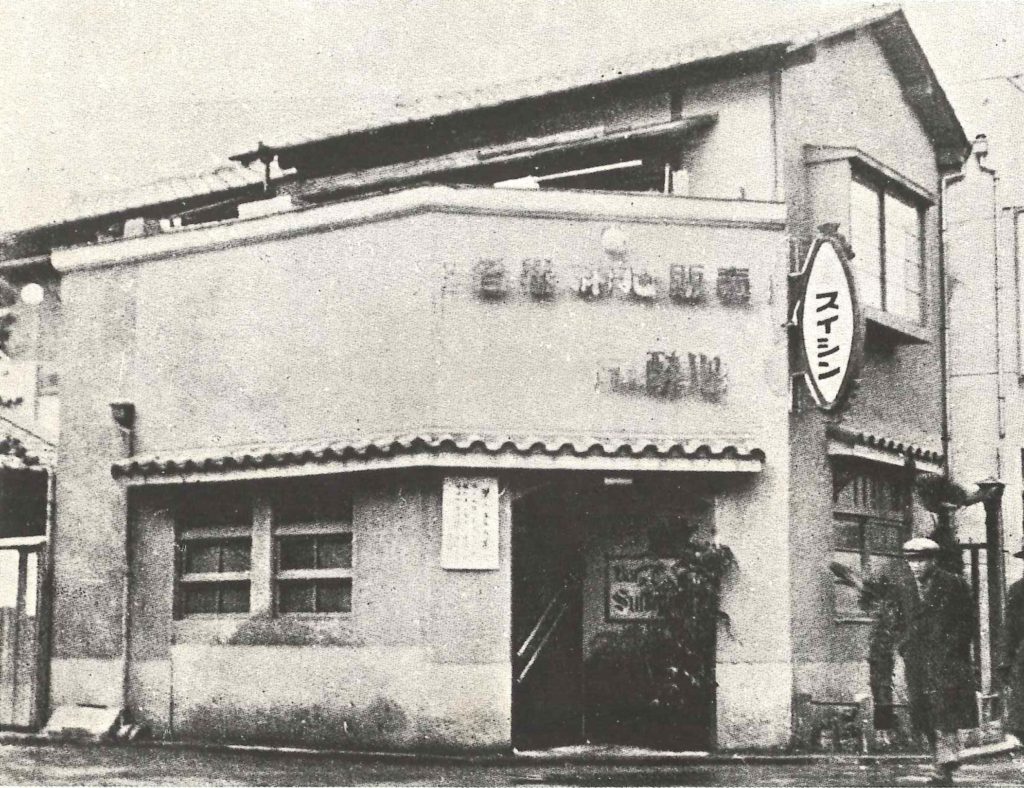
Suishin circa 1950, the year of its establishment
- My wife’s father is the founder, and since his mother worked hard in those days to raise him and his siblings by herself, he wanted to make her happy. And so, he opened a restaurant, which was the dream of her youngest child whom she particularly adored among his siblings. That was the bar and restaurant “Sakaba Suishin” that he started in 1950. However, he wasn’t satisfied as the founder because, in those days, most of the restaurantsthat primarily operated in the evenings were not the kinds of places people could bring their families to, and he closed it two years and four months after opening it. Then, he reopened it in 1953 as the family-friendly restaurant “Kamameshi Suishin”, which served home cooking using local Hiroshima ingredients, and that was the beginnings of the present day Suishin. It was popular for its dishes featuring small fish native to the Setouchi region such as mebaru (dark-banded rockfish) and okoze (devil stinger), which, until then, restaurants had not served. Also, since there weren’t any restaurants in those days that the entire family could go to, it gained popularity as a restaurant that three generations of a family could enjoy visiting.
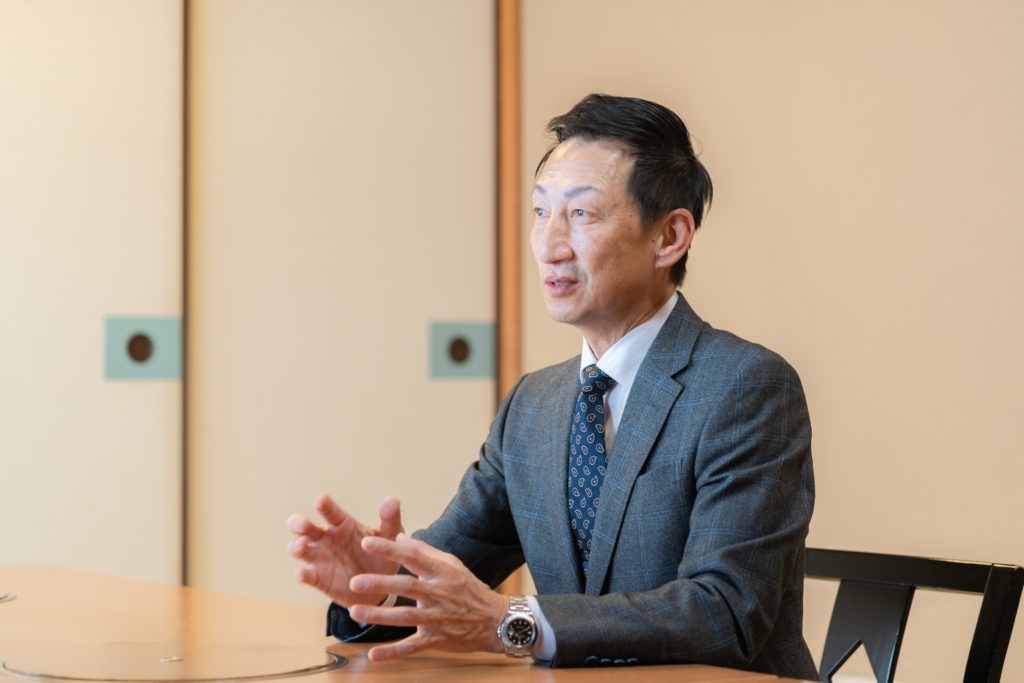
It was also the founder’s idea to make the restaurant business a respectable one, as in those days they were labeled “mizu shōbai” (businesses without a fixed revenue stream). To that aim, he arranged for social security and also began encouraging his employees in their education. In 1957, he built a four-story building of reinforced concrete, which was unusual for a restaurant, and incorporated his business. This was thanks to many of his regular customers saying that they wanted him to expand his business. I have heared that when he went to the bank to discuss a loan, he earned the bank’s trust by bringing something like a petition signed by his regular customers. It’s a story that makes me truly appreciate how we’ve been supported by our customers since those days up to the present. Also, in order to train chefs not only employ at Suishin but nationwide as well, in 1967, he founded the Suishin Culinary College (now, the Hiroshima Suishin Culinary and Confectionary College), and began sending talent into the restaurant business.
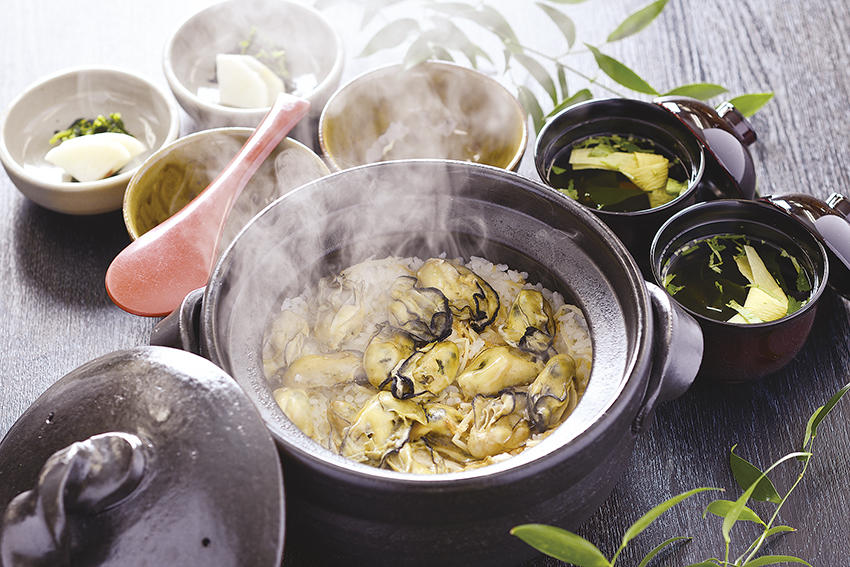
Kamameshi*, the signature dish unchanged since the olden days. When using ingredients characteristic of Hiroshima including oysters and white-spotted congers, kamameshi is irresistible.
* Kamameshi is Japanese miexed rice dish. “Kama” refers to the iron pot used to cook the dish and “meshi” means rice. There are variety of ingredients using Kamameshi including meat, seafood and vegetables.
Although the times may change, the signature dish of Suishin remains kamameshi nearly 70 years since its establishment. Children who were once brought here by their parents are now parents themselves, and now bring their own children here. Passed from generation to generation like that, I’d like for us to be a restaurant that connects the generations, as if the taste of Suishin itself has been encoded in the DNA of the people of Hiroshima. If okonomiyaki filled the bellies of the people of Hiroshima after the war and fueled its reconstruction, then the kamameshi and cuisine of Suishin filled the hearts of the families that live in Hiroshima and has created countless smiles. When Hiroshima first held the Interscholastic Athletic Meet in 1968, the crown prince and his wife graced us with their presence, and Suishin served them their meal on the day. It was a profound honor for the founder to have been entrusted with such a duty and to have the royal couple dine on the taste of Hiroshima.
“The second most delicious restaurant in Hiroshima,” the corporate slogan of Suishin, was coined from the sentiment that “the most delicious is home cooking and the next best is Suishin.” It expresses the notion that we hope our customers will also cherish their families since, originally, we were a restaurant that the founder started from a desire to make his own family happy. Recently, we are also focusing on home delivery goods so that the taste of Suishin can be savored even at home. I would like to go on preserving the taste of Suishin while accommodating the changing times and continuing to create the kind of restaurant the whole family can enjoy.
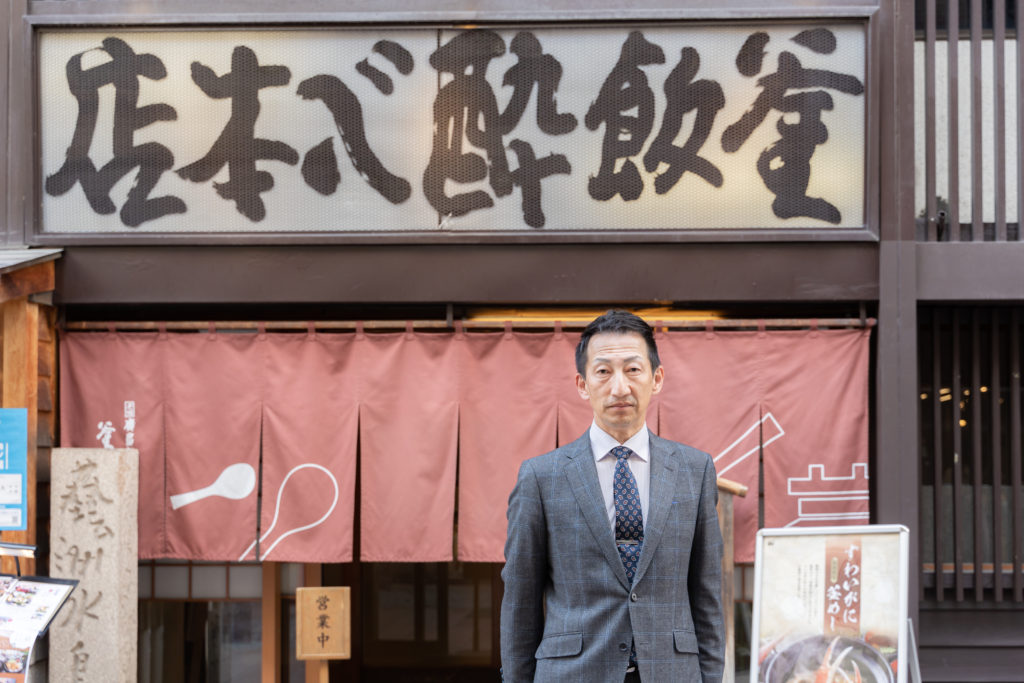
Suishin Honten
Established in 1950. The restaurant prides itself on its kamameshi and dishes of small fish native to the Setouchi region. It has kept the people of Hiroshima well fed since the post-war reconstruction. Presently, it has four locations in Hiroshima and three in Tokyo.
Suishin Honten
Phone: +81 82-247-4411
Address: 6-7 Tate-machi, Naka-Ku, Hiroshima-city
Business Hours: 11:00 – 22:00
Closed On: Wednesdays (Open on national holidays)
Website: http://www.suishin.or.jp/honten/
Peace Study
Food and Businesses from the SDGs
Hiroshima Prefecture is working to achieve the United Nations Sustainable Development Goals (SDGs) by creating a collection of case studies of companies in Hiroshima that are promoting SDG businesses. Click here to learn more about the companies that are working towards Goal 2: Zero Starvation.
Food and Businesses from the SDGsTags associated with this article







